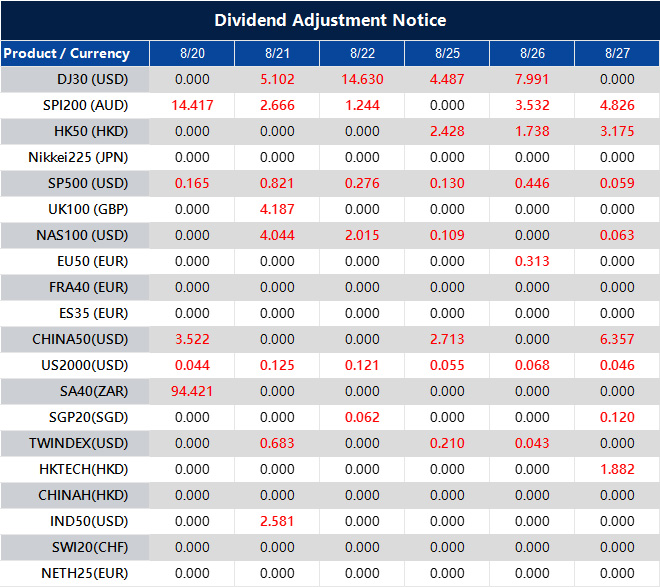Implied volatility levels show expected support and resistance points for NZD pairs before the RBNZ announcement. For NZDUSD, resistance is at 0.59200 and support at 0.58600.
For EURNZD, resistance sits at 1.98200, with support at 1.96800. In the case of NZDJPY, resistance is at 87.400, while support is at 86.500.
Key Levels
AUDNZD has resistance at 1.09600 and support at 1.09100. These levels are based on a 1-month implied volatility model.
Traders can use these levels alongside technical analysis, incorporating pivot points, Fibonacci retracements, or psychological price barriers. This approach helps identify potential entry or exit points.
Implied volatility provides a clear price range, complementing technical analysis and aiding informed trading decisions.
The market is expecting a significant move in the New Zealand dollar due to today’s Reserve Bank of New Zealand announcement. The 1-month implied volatility suggests a trading range for NZDUSD between 0.58600 and 0.59200. These levels are important markers for any immediate responses to the RBNZ’s decision and statement.
Market Sentiment and Strategy
Following the RBNZ’s decision to maintain rates at 5.50%, their statement indicated a more dovish position due to slowing economic activity. This outlook suggests that the path of least resistance for the NZD may be downward in the near future. We should monitor if support levels, such as 0.58600 for NZDUSD, hold in the upcoming sessions.
This dovish stance is backed by recent data showing New Zealand’s inflation, although decreasing, remained stubbornly high at 3.1% in Q2 2025, still above the target range. Additionally, sluggish GDP growth in the first half of the year confirms the central bank’s concerns. This context implies that any NZD strength may be short-lived.
A similar scenario occurred in late 2023 when the market started anticipating the end of the RBNZ’s rate hikes. During that time, volatility stayed high for several weeks as traders adjusted to the new monetary policy landscape. This historical context suggests that while today’s event-driven volatility will fade, the overall volatility baseline may remain elevated as the market adjusts to this policy change.
For derivative traders, today’s high implied volatility may create opportunities in the coming weeks. As uncertainty surrounding the RBNZ’s decision decreases, we expect volatility to lessen, making strategies that benefit from this decline—like selling strangles—potentially appealing. These strategies would profit if the NZD settles into a new, lower range without extreme price fluctuations.
Given the overall outlook, options can also be used to express a bearish view against the Kiwi dollar. Purchasing NZDUSD put options set to expire in late September or October could allow profit from a gradual decline. A clear break below the 0.58600 support level would confirm a signal to enter these trades.
Regarding currency pairs, the RBNZ’s dovish stance contrasts with the Reserve Bank of Australia, which seems likely to keep rates steady for a longer period. This difference supports a positive outlook for AUDNZD, leading traders to consider buying call options if the pair surpasses its 1.09600 resistance level. The same reasoning applies to pairs like EURNZD, where the European Central Bank may be slower to cut rates compared to the RBNZ.
Create your live VT Markets account and start trading now.
here to set up a live account on VT Markets now




